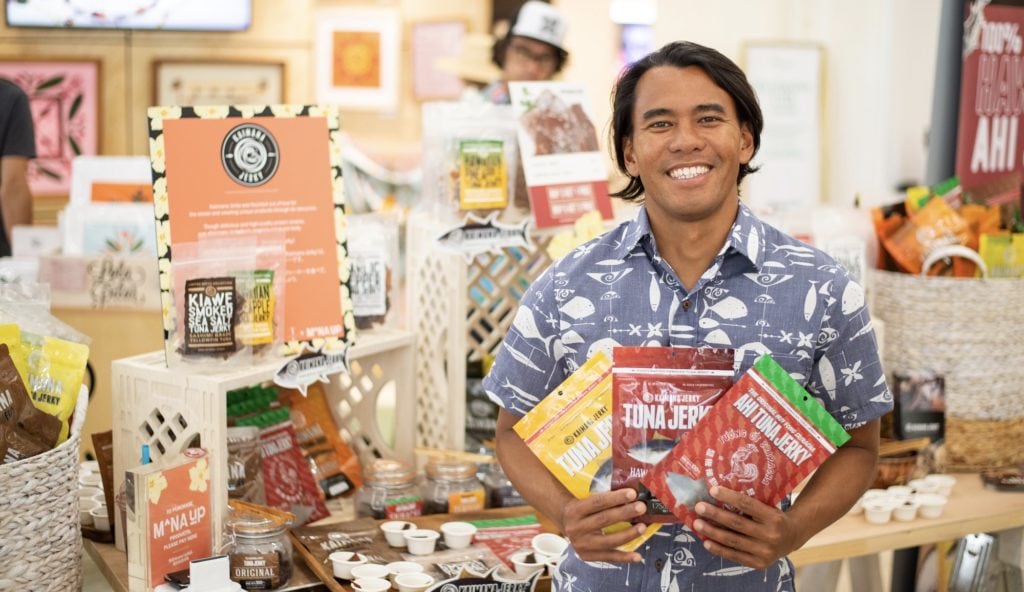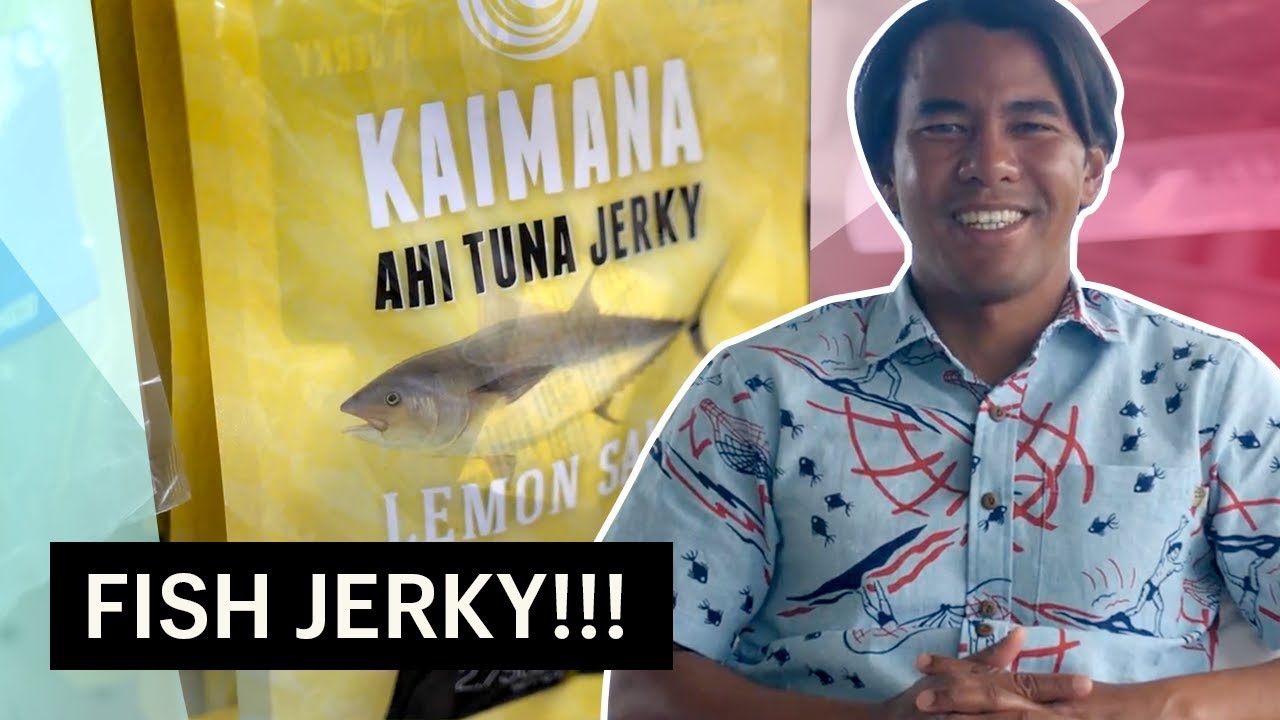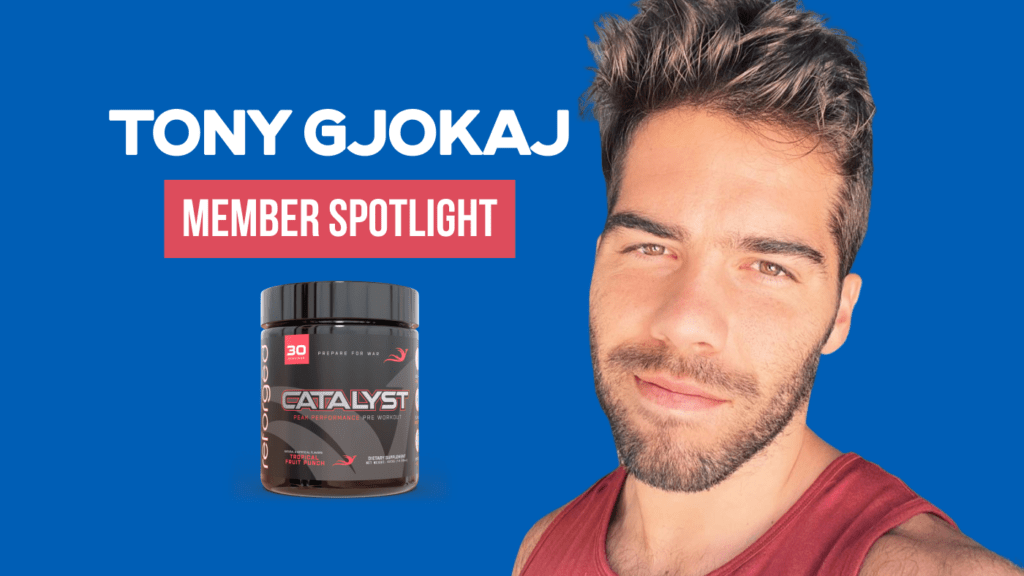Sheldon Cho, the “Fish Guy” behind the family business, knows how to prepare, flavor, and package the best jerky in Hawaii. The company focuses on creating nourishing tuna and fish jerky that is like nothing you’ve ever tasted before.
In a state where Spam reigns supreme, a new contender has entered the ring. Today, many Hawaiians have turned their backs on the highly processed, somewhat mysterious fake meat in search of something tasty, natural, and actually healthy. That’s where Sheldon comes into the picture.
Kaimana Jerky is a healthier alternative to beef jerky. It’s not packed full of nitrates or unwanted preservatives. Instead, fish jerky is full of good-for-you stuff. Tuna, for example, contains plenty of omega-3 fatty acids for brain function, selenium for thyroid health, and potassium for strong muscles. While eating a can of tuna fish is messy and stinky, tuna jerky is an easy-to-eat, non-smelly snack.
The Man Behind the Fish
Sheldon is a 35-year-old business owner with entrepreneurship in his genes. His father is a serial entrepreneur who’s always had a hustle or two going. From a young age, Sheldon worked for the family business, starting with packing products and labeling bags. Although Sheldon went the “conventional” route and tried a year of college, he quickly determined it wasn’t the right move for him. The apple doesn’t fall far from the tree.
At one point, his parents owned a restaurant. Local fishermen often traded their catch of the day for a hot meal, and Sheldon’s father transformed that fish into their proprietary jerky recipe. They sold the jerky to their patrons as a “grab-and-go” snack, and it soon became popular with their regulars.
Running a restaurant is exhausting, and the work never stops. Before long, Sheldon’s parents were practically living there. The long hours grew tiresome, so his father decided to close the doors and instead focus on selling jerky. Sheldon recounts accompanying his dad to local stores, convincing the managers to sell their products.
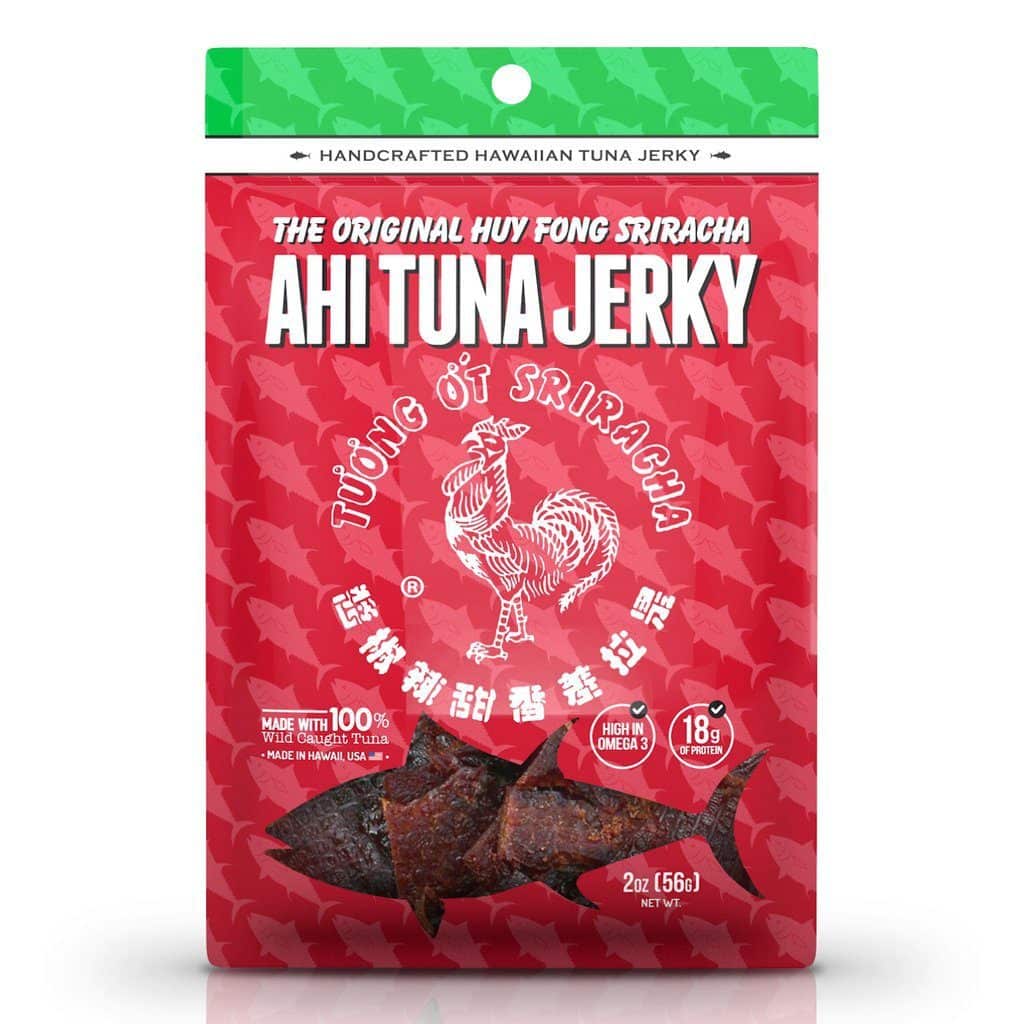
Started by his parents back in the 1980s, Kaimana Jerky is now in 95% of stores across Hawaii—from mom and pop shops to Costco. And yes, all these years later, Sheldon still enjoys jerky. He especially likes developing new flavors in the lab—Kaimana Jerky has about ten different varieties on the market. Some are exclusive to certain stores, and there’s even a wild-caught salmon jerky in development.
There’s Nothing Fishy About Success
It takes more than visiting a few local stores to transform a tasty recipe into an empire, and that’s where Sheldon excels. He spends his time working to make the family business a well-known brand.
In 2016, Sheldon became a fan of the Perpetual Traffic podcast and eventually began listening to Ryan’s podcast as well. He knew that e-commerce was the way to go, and he changed his focus to rebranding the business. Sheldon handled everything from overhauling the packaging to updating the website. Before long, the company went from zero e-commerce to about $500,000 in annual online sales. He estimates that Kaimana Jerky will top $2-million this year.
Marketing is always a top priority—something that Sheldon prefers to do in-house. Getting into retail shops requires face-to-face interactions. Both in Hawaii and on the mainland, it’s imperative to get in front of buyers if you want your product on the shelves. For online success, social media ads on Facebook and Instagram have proven lucrative, along with Google AdWords.
Ironically, only a small percentage of sales come directly from the Kaimana Jerky website. Instead, Sheldon generates the majority of his revenue from Amazon FBA, and Kaimana Jerky is Amazon’s Choice for tuna jerky.
Staying Afloat in Troubled Waters
But all Sheldon’s success didn’t come without a few setbacks. Back when his company focused on marlin fish jerky, a doctor in California reported the product was high in mercury. Or at least the person claimed to be a doctor.
Marlin jerky was his family’s main product for nearly 15 years, but after the “doctor’s” bogus claim, the brand’s reputation and sales plummeted. The mercury accusation made headlines across the island, and Sheldon had to recall many of their products in stores. Even though the news was erroneous and false, it made Sheldon take their business in a new direction.
The ordeal lasted about six months in total. During that time, Sheldon ordered lab testing and presented the facts to the public. Store owners put the jerky back on the shelves. To prevent a recurrence, an independent lab now performs monthly testing on all products. Sheldon even moved the company from the family kitchen to a full-blown production facility. About 20 employees keep the equipment so clean that you could eat off the floors.
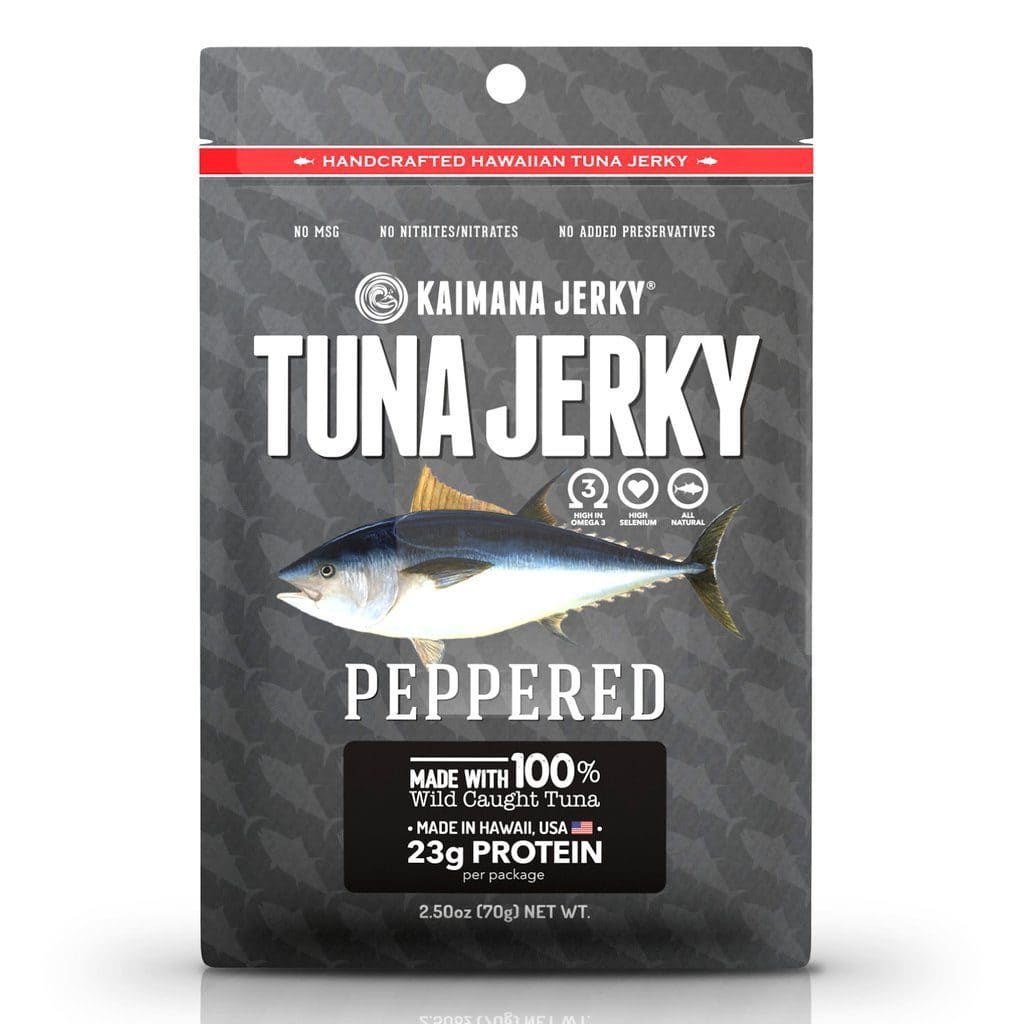
He also decided to try creating jerky from a more mainstream fish—tuna. Skeptics believed it couldn’t possibly work. Sheldon proved the nonbelievers wrong, however. Today, tuna jerky makes up 95% of the company’s sales.
Launching into New Waters
Even with the success of Kaimana Jerky at an all-time high in both Hawaii and the mainland, Sheldon isn’t ready to stop. His next move is to go international. Staying close to home is safe. As he says, “Doing business in Hawaii is like fishing in a pond. Any business on the mainland is like fishing in a lake, and then doing business internationally is like fishing in the ocean.”
Where will Kaimana Jerky end up next? Australia may be the first international destination, and Sheldon also has his eyes set on Hong Kong. After talking with the U.S. Commerce Department, he learned that Hawaii welcomes 10 million tourists annually. In Hong Kong, the population is roughly 8 million, and approximately 55 million tourists visit each year. According to the South China Morning Post, the number of visitors may even surpass 60 million for 2019. The opportunity for growth in Hong Kong is boundless.
A Balancing Act
With a wife and four young children at home, finding a balance between scaling the business and family matters is always a challenge. “I’m trying to resist the urge to scale it to the moon,” Sheldon says about growing his company. “I think at the end of the day, being happy as a person and happy as a family is more important than making zillions of dollars.”

How does an entrepreneurial family engage their children? Sometimes you have to involve the kids in the process. For Sheldon’s family, that means letting the older ones help with labeling and other simple tasks that don’t require much more than a 10-minute attention span.
But even with all the success of the jerky business, Sheldon doesn’t want to spoil his children. By instilling an entrepreneurial mindset at an early age, he hopes they’ll develop a drive to work for themselves in the future.
Business Advice to Live and Fish By
According to Sheldon, the best thing any budding entrepreneur can do is take care of their body. The stress of working for yourself can quickly take its toll. Eat well, sleep enough, and exercise. Luckily for him, it’s easy to escape the hectic business world and go surfing every day in the therapeutic waters of Hawaii.
Sheldon makes it a point to follow his own advice. No, he didn’t always eat the best diet or exercise daily, but reading a book by surfer Laird Hamilton changed his viewpoints. The author encouraged self-care, healthy eating, and cross-training, which Sheldon took to heart. His company’s nutritious tuna jerky makes it even easier to take care of himself. And yes, he still enjoys Spam, but only as a treat every few months.
Want to build a million-dollar brand of your own? Here's the best place to get started for free.
